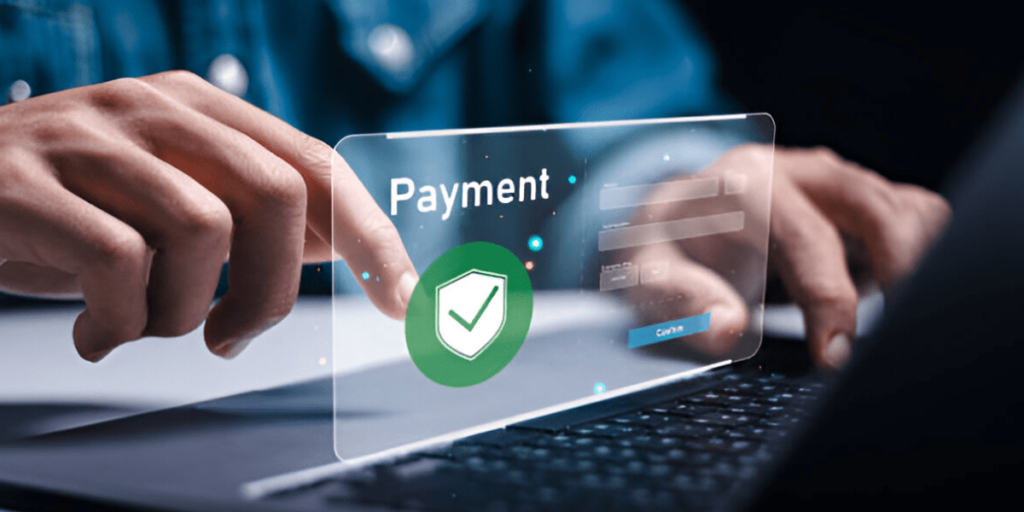LinkedIn remains the cornerstone of B2B lead generation because of its professional ecosystem and built-in networking features. With over 900 million users, it offers unparalleled access to decision-makers and professionals across industries. The key is to go beyond connection requests—optimize your profile for credibility, share thought leadership content, and use personalized messaging. Utilizing LinkedIn Sales Navigator allows for hyper-targeted prospecting, letting you find leads based on job title, company size, industry, and more. Engagement tactics like commenting on posts or joining relevant groups foster trust before outreach. For maximum effectiveness, use a strategic mix of organic presence and sponsored InMail campaigns to drive warm, qualified leads.
Content Marketing as a Long-Term Lead Magnet
Content is still king when it comes to drawing in B2B leads. But it’s not about publishing for the sake of visibility—your content must educate, solve problems, and establish your business as a trusted authority. Whitepapers, case studies, industry reports, and detailed blog posts are especially effective in the B2B lead generation space. The key is creating content aligned with each stage of the buyer’s journey. Top-of-funnel content like how-to guides attracts initial attention, while deeper resources like ROI calculators and downloadable reports can push warm leads further down the funnel. Gating high-value content behind lead forms allows you to collect email addresses and qualify prospects based on their interests and engagement.
Email Marketing with Targeted Personalization
While some consider email an outdated channel, in B2B marketing, it’s still one of the highest ROI lead generation tools—especially when personalization is done right. Cold email campaigns should be crafted with precision, using data to segment your audience and tailor your message to their specific pain points or goals. Avoid generic sales pitches. Instead, use value-driven copy that shows how you understand the prospect’s challenges. Drip campaigns with progressive value delivery can keep your brand top of mind while warming up leads for sales outreach. A/B testing subject lines, CTAs, and content formats can also enhance open rates and conversions over time.
SEO-Driven Landing Pages That Convert
Your website should be more than a digital brochure—it should be a lead-generating engine. SEO-optimized landing pages that target long-tail B2B keywords can drive high-intent traffic to your site. But it doesn’t stop at ranking. Once visitors arrive, the page must convert them with compelling headlines, clear value propositions, trust signals like testimonials or logos, and concise forms. Effective B2B landing pages speak to specific buyer personas, addressing their pain points and offering a clear next step—whether that’s booking a demo, downloading a resource, or scheduling a call. Incorporating live chat or AI bots can further increase conversions by offering real-time assistance.
Account-Based Marketing for High-Value Targets
Account-Based Marketing (ABM) is a powerful technique for generating high-quality B2B leads by focusing on specific, high-value accounts. Unlike broad lead generation tactics, ABM targets key decision-makers within organizations with personalized campaigns tailored to their unique needs. This could include custom landing pages, industry-specific content, or personalized LinkedIn ads. ABM works best when sales and marketing teams collaborate closely to align messaging and identify target accounts. The result is a higher ROI, shorter sales cycles, and better alignment between what your lead needs and what you’re offering. ABM isn’t about reaching more people—it’s about reaching the right people with laser focus.
Webinars and Virtual Events for Thought Leadership

Hosting webinars or virtual events is a great way to generate qualified B2B leads while positioning your brand as a thought leader. These platforms provide value up front—offering insights, solving problems, or discussing trends—while also allowing real-time interaction with potential buyers. Attendees typically register with their business email, giving you high-quality lead data. To maximize impact, webinars should be co-hosted with industry influencers or aligned partners, promoted through email and social media, and followed up with targeted nurturing campaigns. A strong call-to-action during or after the event—such as a special offer or follow-up meeting—can effectively turn attendees into sales conversations.
Using Paid Media to Fuel the Funnel
While organic channels build authority and long-term value, paid media can fast-track your B2B lead generation results. Platforms like Google Ads, LinkedIn Ads, and Twitter Ads offer targeting options tailored to business audiences. Sponsored content on LinkedIn or retargeting campaigns through display networks can keep your brand in front of decision-makers. The key to success lies in precise targeting, compelling ad creative, and well-optimized landing pages. Don’t drive traffic to your homepage—direct them to a focused lead magnet or offer with a clear CTA. Testing and iterating your campaigns based on performance metrics helps stretch your ad budget while generating qualified B2B leads at scale.
Leveraging Strategic Partnerships and Referrals
Collaborating with non-competing businesses that serve the same target audience can unlock powerful lead generation opportunities. Strategic partnerships allow for co-marketing campaigns, joint webinars, newsletter swaps, or shared customer introductions. These alliances expand your reach and lend third-party credibility to your offering. Similarly, implementing a formal referral program encourages satisfied clients or partners to recommend your business in exchange for rewards or incentives. Referrals often convert at a higher rate because trust is already established. Building a system around partnerships and referrals turns your satisfied customers and industry network into a continuous stream of new B2B leads.
Lead Scoring and CRM-Driven Nurturing
Generating leads is only the first step; knowing which ones to prioritize is where lead scoring and CRM systems come into play. Lead scoring helps you assign value to leads based on their behavior, demographics, and engagement level. This ensures your sales team focuses on leads with the highest potential to convert. A well-integrated CRM enables personalized follow-ups, tracks interactions, and automates nurturing workflows. By segmenting leads and delivering tailored content or offers at the right time, you increase the chances of conversion. CRM data also helps refine your lead gen strategy by showing which channels and tactics yield the highest-quality prospects.
Harnessing Reviews, Testimonials, and Social Proof
Trust is currency in B2B transactions, and social proof builds that trust before a sales conversation even starts. Testimonials, case studies, and client reviews offer credibility and demonstrate the real-world impact of your product or service. Featuring these assets on your website, in email campaigns, or even in paid ads can significantly boost conversion rates. Video testimonials, in particular, add a layer of authenticity and human connection. Even highlighting the number of clients served or well-known companies using your product can generate interest and reduce hesitation. In a market full of options, proof of performance can be your most persuasive lead generation asset.
Conclusion: Turning Tactics into Consistent Pipeline Growth
B2B lead generation isn’t about quick wins—it’s about building a reliable, scalable system that delivers consistent pipeline growth over time. The most successful strategies are those that blend modern digital tactics with a personalized, value-driven approach. From leveraging social media and SEO to hosting webinars and using account-based marketing, every technique works best when it’s aligned with your audience’s needs and behaviors. Equally important is what happens after a lead is generated—proper scoring, nurturing, and follow-up ensure that the lead isn’t just captured, but converted. In a competitive B2B landscape, those who invest in the right mix of tools, technology, and human insight will not only generate leads—they’ll generate relationships that last.
















